Global War Economy: The Empire of the US Military Industrial Complex
Arguably, since entering World War II, the United States of America’s economy has been a war economy. Starting or fostering wars became essentially, independently of geopolitical reasons, a “good” business proposition. The early 1940s marked the start of the era of systematic wars for profit: war defined as the ultimate capitalist enterprise. The extraordinary war efforts of World War II turned the US into a giant global arms factory for the war in Europe and in the Pacific. Manufacture for war was even, cynically, credited as being the main factor in ending the Great Depression that started in 1929.
This trend continued at a slower pace, but without any real interruption, with the Korean war in the early 1950s, the Vietnam war in the 1960s until the early 1970s, and various proxy wars worldwide, including Afghanistan in the 1980s, against the Soviet Union. The events of 9/11/ 2001 gave American politicians the unique opportunity to start the perfect war on behalf of their friends and patrons of the military industrial complex. It is the endless war: the “war on terror” without geographic boundaries, time frame or even the necessity for a well-defined enemy.
This permanent war business proposition is criminal in nature but absolutely fool proof in terms of maximum returns on the investment. Money is made when the weapons are manufactured. They are used to kill millions and to destroy countries that eventually will get rebuild through programs such as the Marshall Plan used in the aftermath of World War II in Europe.
The blood-thirsty machine that is the US industrial-military complex makes billions at all three phases of the war industry process: the manufacture of ever more lethal and complex weapon systems, the destruction stage, and then finally the occupation and rebuilding phase in countries such as Germany, Japan, Korea, and more recently Iraq and Afghanistan. This war machine and its political associates always need new conflicts. The US is the uncontested juggernaut of the war business or war for profit, defining the economy of permanent war.
According to a report released August 24, 2012 by the Congressional Research Service ( CRS), business has been booming for the industrial-military complex, with export of US weapons abroad increasing more than three times from $21.4 billion in 2010 to $66.3 billion in 2011. This is the largest increase for a single year in the history of US arms export. The US is, by far, the largest arm dealer of the planet with 78.1 percent of the overall market. The CRS report puts Russia as a very distant second at $8.7 billion and Britain third at $3 billion.
The leading buyers of US weapons from 2004 to 2011 were Saudi Arabia with $75.7 billion, India with $46.6 billion, the United Arab Emirates with $20.3 billion, Egypt at $14.3 billion and Pakistan at $13.2 billion. The accumulation of weapons in the Middle East sold by the US to Saudi Arabia and the UAE — with the blessings of Israel — is unquestionably a preparation for the next big profitable venture for the industrial-military complex: a war with Iran.
The “staging” for this war is under way, with the civil war in Syria serving as an appetizer or dress rehearsal. Iran appears to be the next victim of the criminal capitalist logic of war for profit. The accomplices to the war crimes are plenty. They are not limited to the politicians who declare the wars or the soldiers who pull the triggers; they are also the engineers who design the weapon systems, the workers who make them, the stock holders who buy the shares of publicly- traded companies of the military-industrial complex, and of course the ultimate war profiteers: the merchants of death from Wall Street.
Related Articles


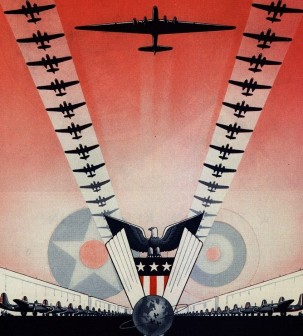
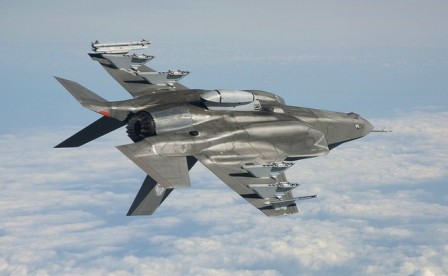
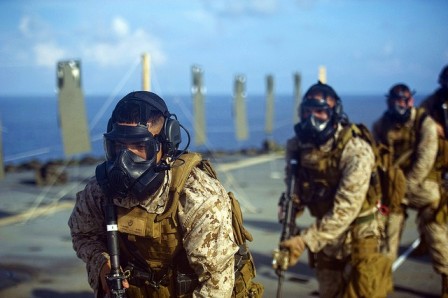
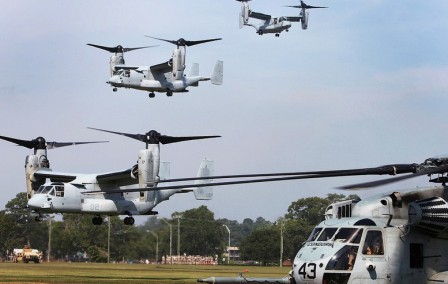
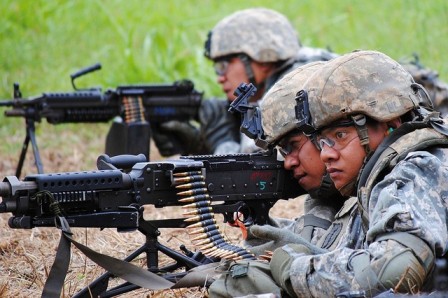
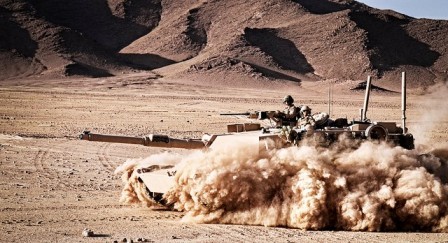











2 Responses to Global War Economy: The Empire of the US Military Industrial Complex
You must be logged in to post a comment Login